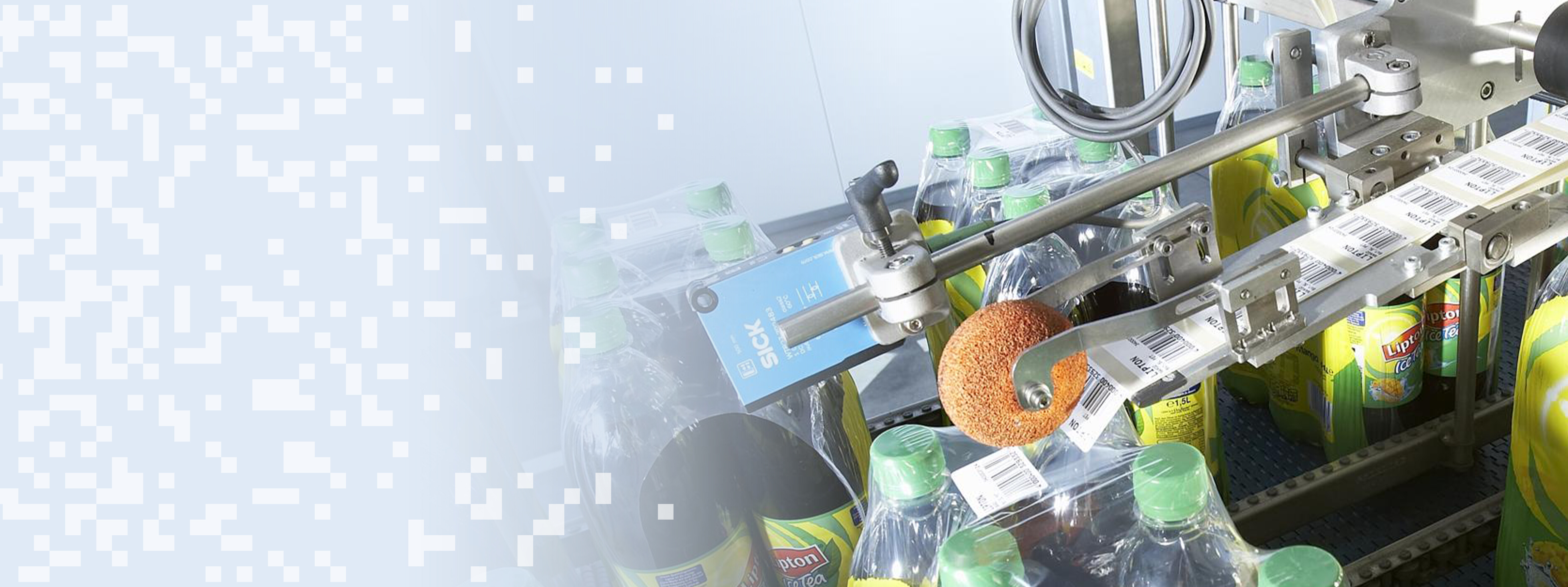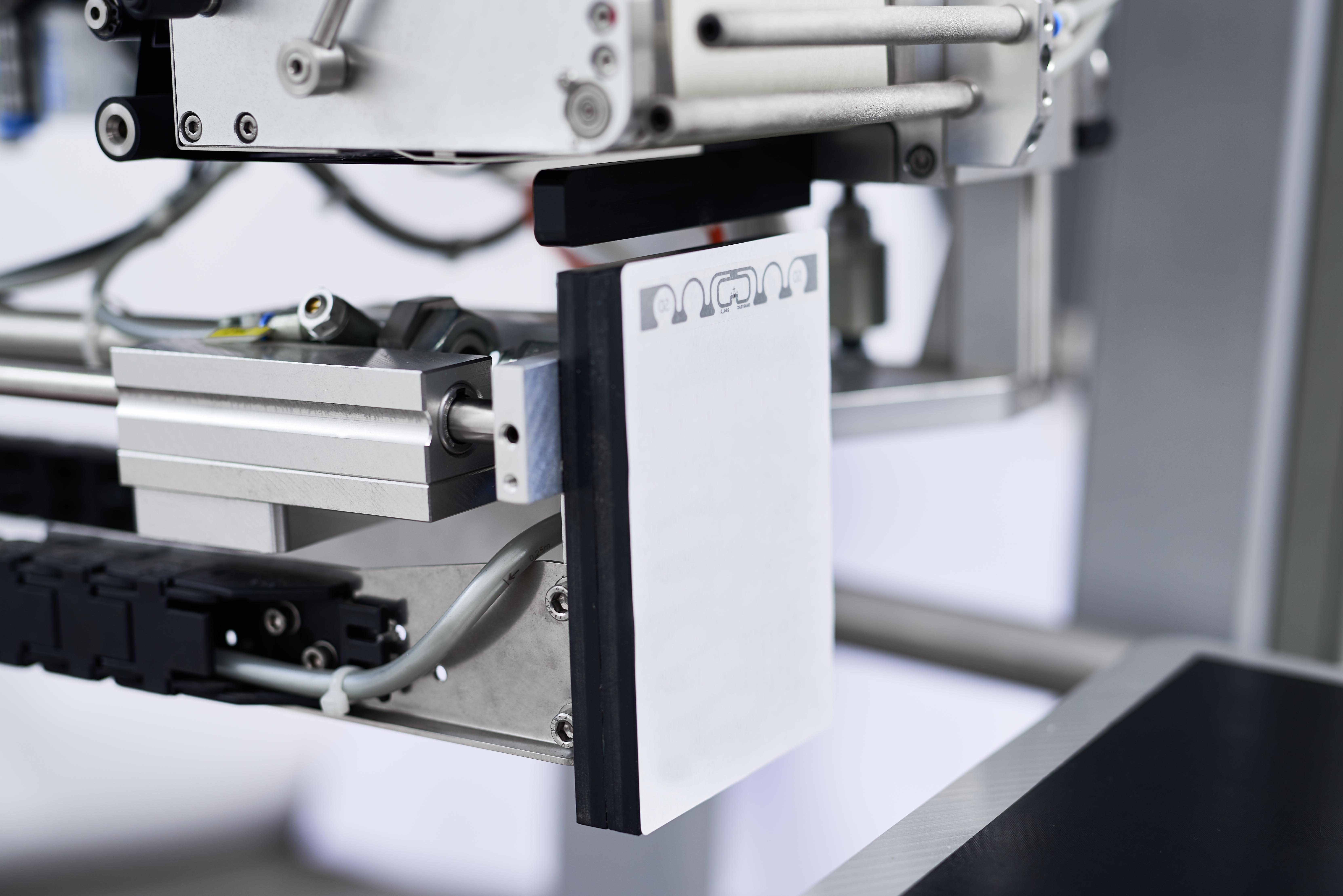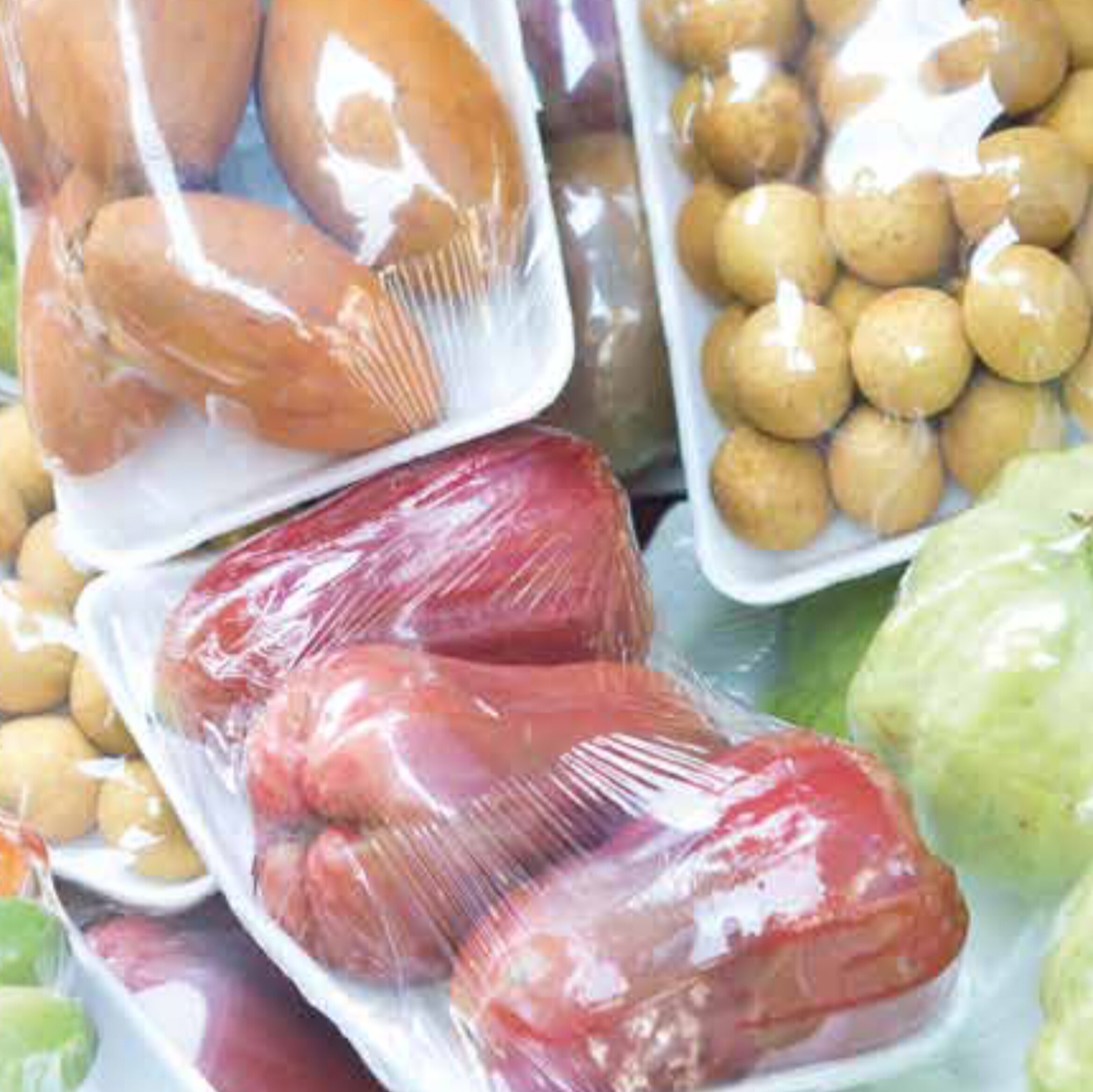Mastering digital transformation – and acting more sustainably
Thanks to the perfect interplay between our hardware and software and our Logopak labelling material, you can master the path to the future – already today. Our labelling systems are designed to automate your processes, increase efficiency and minimise your ecological footprint.
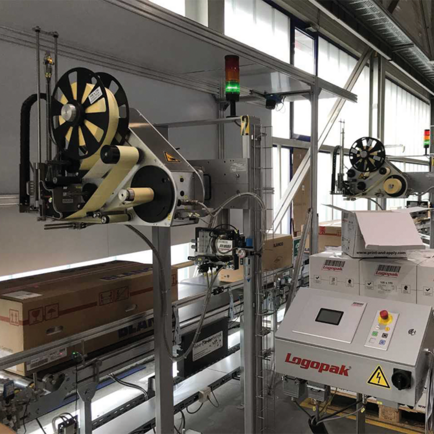
Process solutions
to our process solutions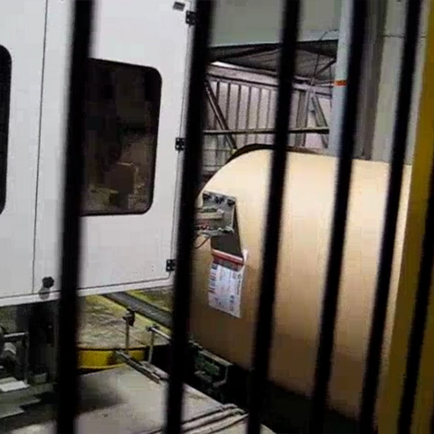
Industry solutions
to our industry solutions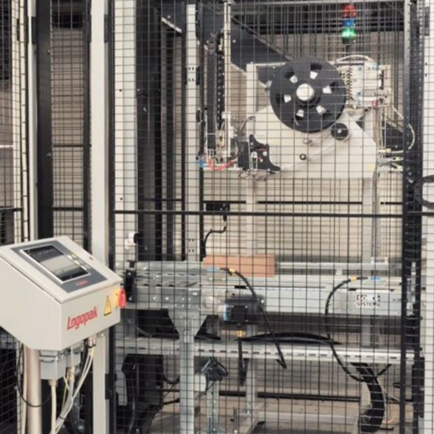
Sustainable solutions
to our sustainable solutions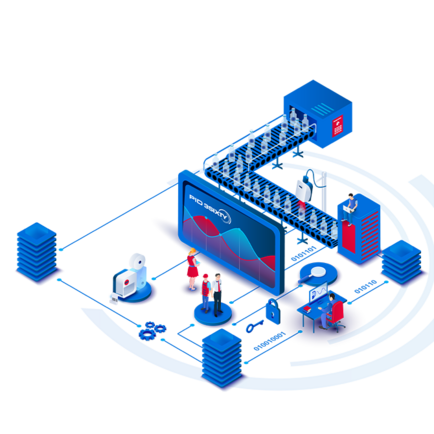
Software solutions
to our software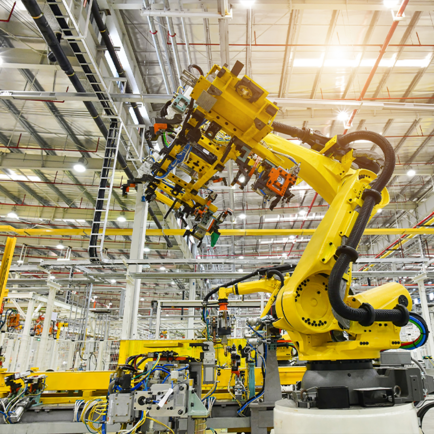
Smart Factory
to Smart Factory
Success stories
to our success stories
